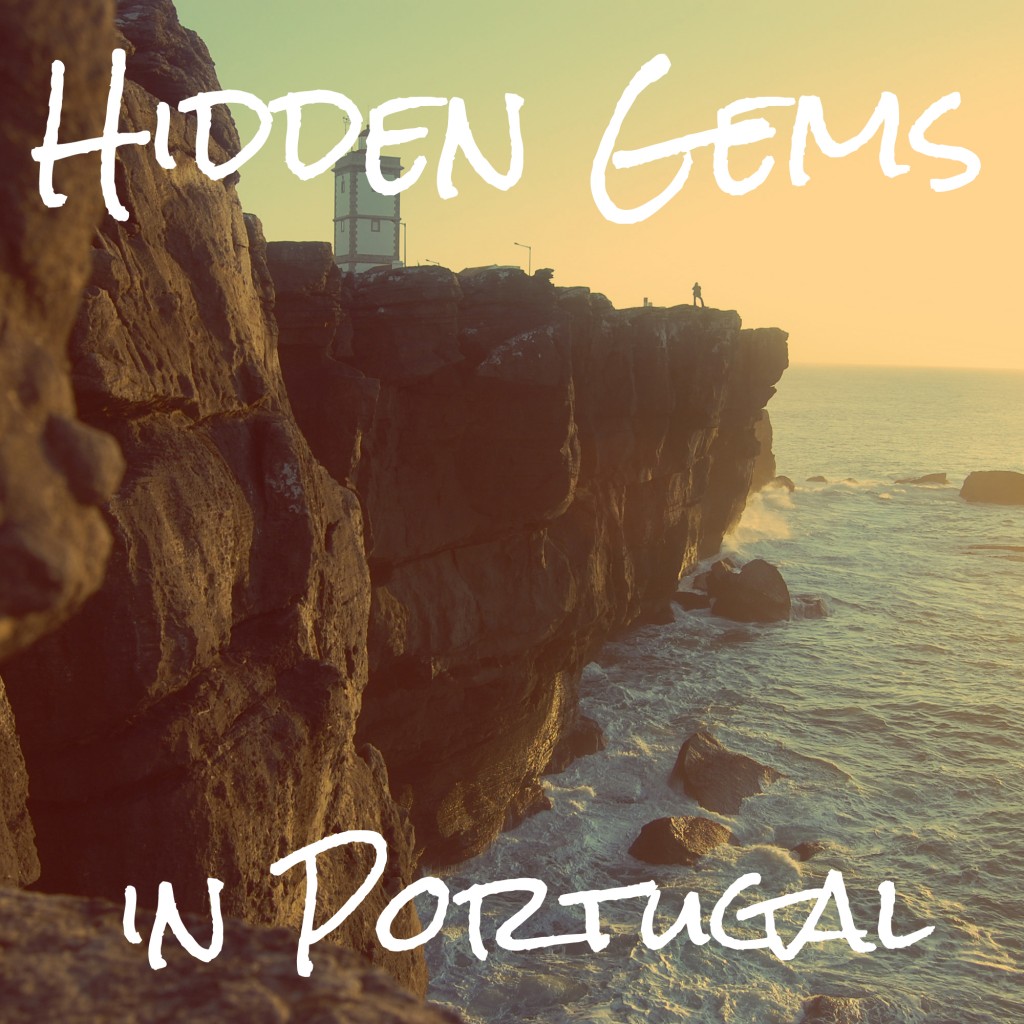
Portugal is a truly fascinating country. Located on the Iberian Peninsula alongside Spain, it is the westernmost country of mainland Europe. Bordered by the Atlantic Ocean to the west and south, Portugal offers holidaymakers the perfect getaway each year due to its coastal resorts, the most prominent being the region of the Algarve to the south of the country.
However, what do you do and where do you go if you want to sample something a little different? ‘A little different to what?’ I hear you ask, well, basically if you want to get away from those annoying tourists you have been trying to shake since boarding the flight to Portugal or simply if you wish to have the kind of holiday you have always longed for – the chilled out journey through the country of your choice with no worries and no strife. So let us begin the list with a real gem of Portugal: –
Evora

Photo by Pedro Ribeiro Simoes
The first place to gather your thoughts for is the beautifully preserved city of Evora. Situated on the plains of Alentejo, which stretches across large swathes of southern Portugal, and is characterised by differing and expansive landscapes, the city lies at the heart of a region that is known for its wine making.
Designated as a UNESCO World Heritage Site, the centre of the city is truly a remarkable place. The 14th century walls provide an element of what Evora was during the beginning, it’s narrow and winding lanes provide avenues of discovery of the cities ancient architecture such as the Templo de Diana. A relic of the Roman occupation, the fascinating structure is a must see if you’re ever in the city.
There is much more to see too, such as the amazingly awe-inspiring Gothic cathedral, the original structure dates back to the 12th century but it wasn’t actually completed until the mid-13th century. However, it wasn’t until the town became the home of Portuguese royalty during the 15th century that the town really became what it is today, a centre of cultural and historical significance as well as one of natural beauty.
Óbidos
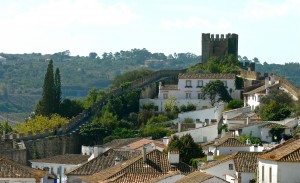
Photo by Pedro Ribiero Simoes
Óbidos is situated near the Portuguese west coast atop a rising hill within stunning medieval walls. Looking like it is completely isolated, the town is a stupendous work of art externally and, believe it or not, it is even more beautiful internally. With stone whitewashed houses and delightfully charming buildings, the town is truly a pleasurable place to be.
A real-life postcard town, you can’t help but fall in love with this beautiful place and for a town known as the “wedding present town” due to it being built by King Dinis as a gift for his bride Queen Isabel in 1282, it certainly lives up to the billing. Picturesque cobblestone streets and medieval architecture such as the Santa Maria Church, Misericordia Church as well as the Amoreira Aqueduct located outside of the town walls.
There is plenty to see and do within the town too. Every July, a medieval fair recreates and embraces the town’s past with a costume and performance based celebration with medieval music, knights, witches and theatre performances all taking place. There is also the International Chocolate Festival in November that requires a sweet tooth! There are the world’s best chocolate sculptors present as they compete for the best chocolate creation.
Sintra
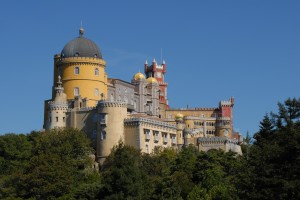
Photo by F Mira
Another UNESCO World Heritage site that has made the list and another spectacularly beautiful town, Sintra is a town that endorses the notion of romantically inclined towns and the ambience of such is hard not to embrace as soon as you enter the town.
Sintra is nestled into the hills west of the capital Lisbon within the picturesque Portuguese countryside. Within the area of the Sintra-Cascais National Park that extends to the coastline, the town is known for its grand architecture; some of it on a grand scale and also with numerous styles being present, there is much to admire.
The National Palace, located in the heart of the town is a wonderful mix of architectural styles, which is surprising considering the date of its inception in the 1400’s. It is also probably the palace that is the most preserved of all of Sintra’s palaces. Pena Palace is the most noticeable landmark due to it being perched on the hillside above the town. Its Moors-inspired architecture such as the glass onion domed towers and their yellow façade are impressive, however the palace is a mixture of styles, all noticeable when you take the tour.
The magical nature of the town isn’t just confined to palaces and architecture though. It’s wonderfully tranquil and atmospheric, narrow streets provide a distinct character element. The surrounding area also contributes to the town’s mystique, with its forested hillsides and spectacular views across the region to as far away as Lisbon on a clear day. More to the point, Sintra is a UNESCO World Heritage Site not simply for its architectural significance but for also its natural landscape. In some cases the two are uniquely married together; Quinta de Regaleira is an awe-inspiring example of how well architectural and natural beauty can be combined to create a handsome nugget nestled into the countryside.
Sintra really is an Eden that has to be explored an admired in equal measure. The historical significance of what you view is not only important but it is wonderfully symbolic of the town. A natural haven that will provide you with memories that will undoubtedly stay with you forever.
Douro Valley
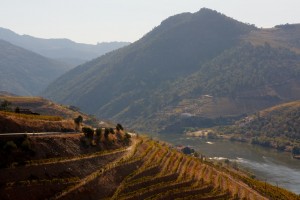
Photo by Joao Dias
The Douro Valley can be viewed as a large region that is simply the place that must be listed “must see” if you’re taken with the idea of visiting Portugal. This traditional wine-making region of Portugal will not only stagger you through its raw and natural beauty but it will also allow to sample a little bit of Portuguese culture.
With numerous settlements in the region including the city of Porto, the area can be considered the perfect backdrop to what is a truly unique historical and cultural hotspot in the country. With the meandering River Douro also dissecting the region, the Douro Valley has an impossibly remarkable charm. Splendid wine-producing vines along with lovely scenery make for a region that pretty much as all that you want from a relaxing and unforgettable adventure.
Braga
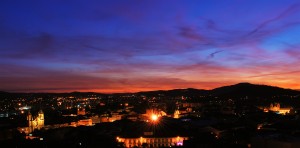
Photo by Abhijeet Rane
Now you may ask why the city of Braga, the third largest in Portugal, is on the list of hidden gems. Well quite simply, Braga is a historical and cultural place of unbeknownst beauty. The Romans founded the settlement and it is situated in the north of the country and to this day, much of the architectural influence exerted by the Romans is still visible. The city cathedral dates back to the 11th century and is surrounded by the influences of later periods through the Romantic and Baroque eras.
A magnificent city, Braga also tends to not be as busy as far as tourists are concerned due to the majority of Portugal’s resorts being located in the Algarve region in the south. This is ideal for giving you the ideal chance of viewing the city’s attractions at your own leisure and if one thing is for definite in Braga, visiting this massively cultural and historical gem will not disappoint you.
Want to find out more about our Portugal holidays?


 My Booking
My Booking




